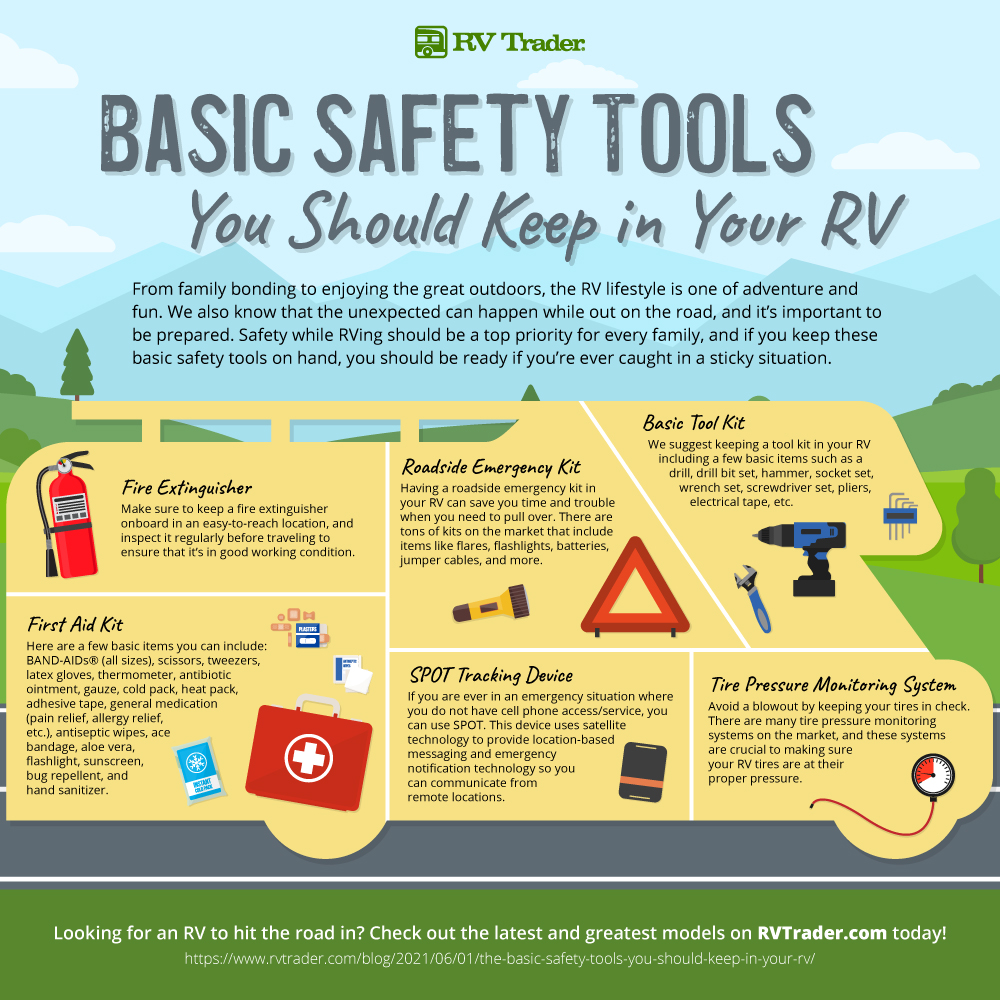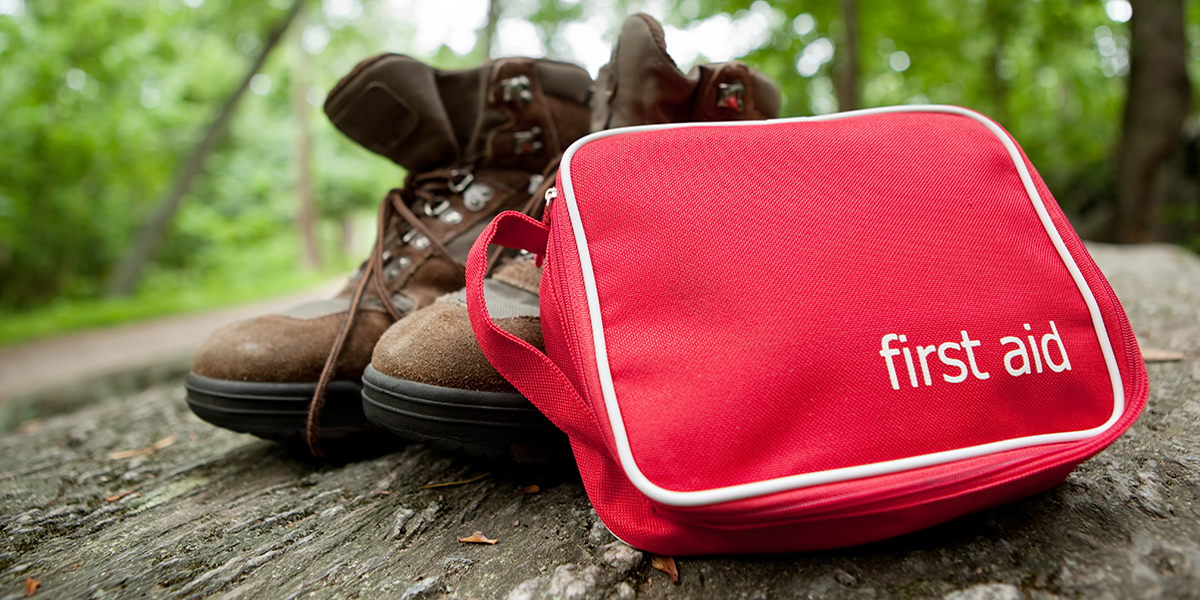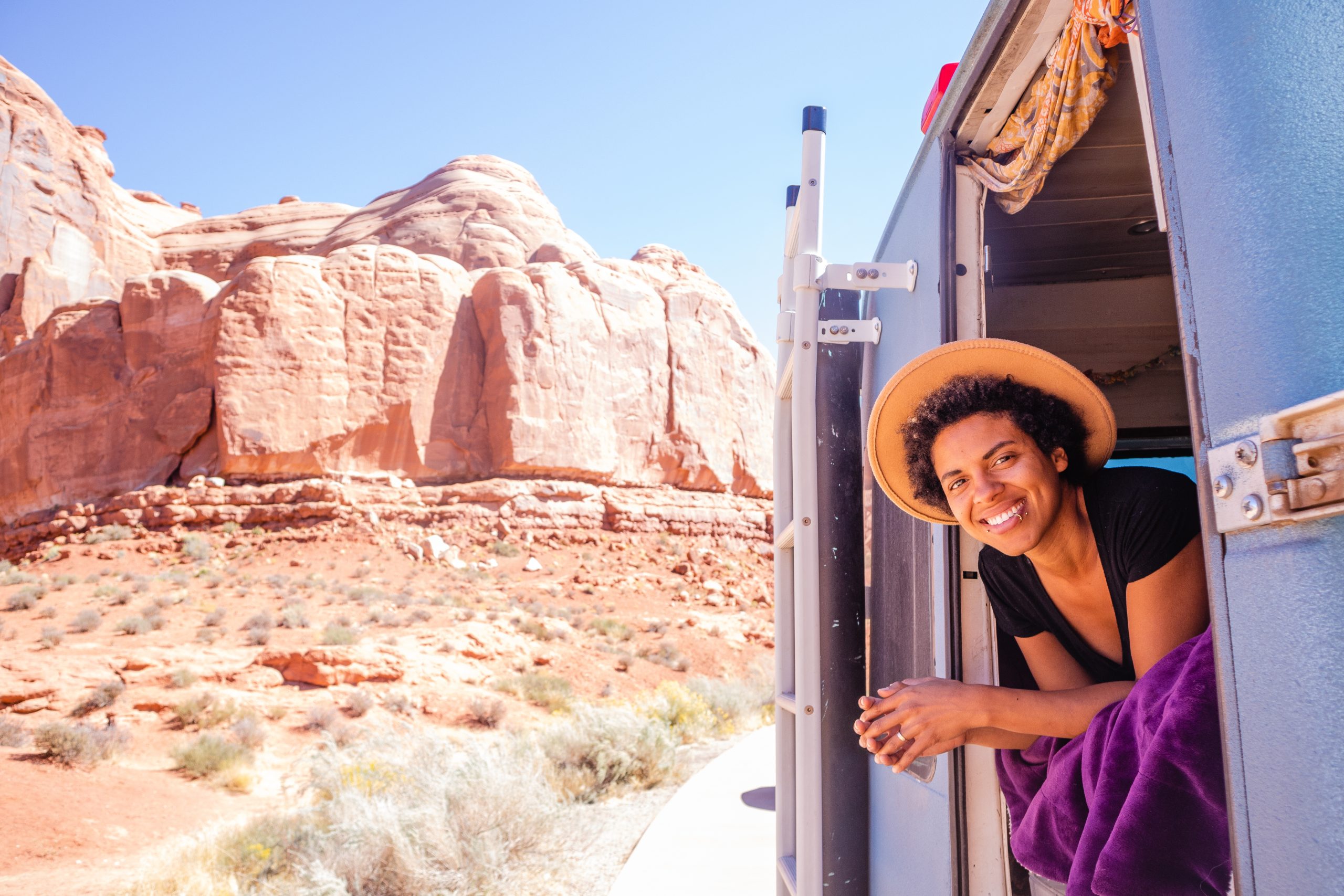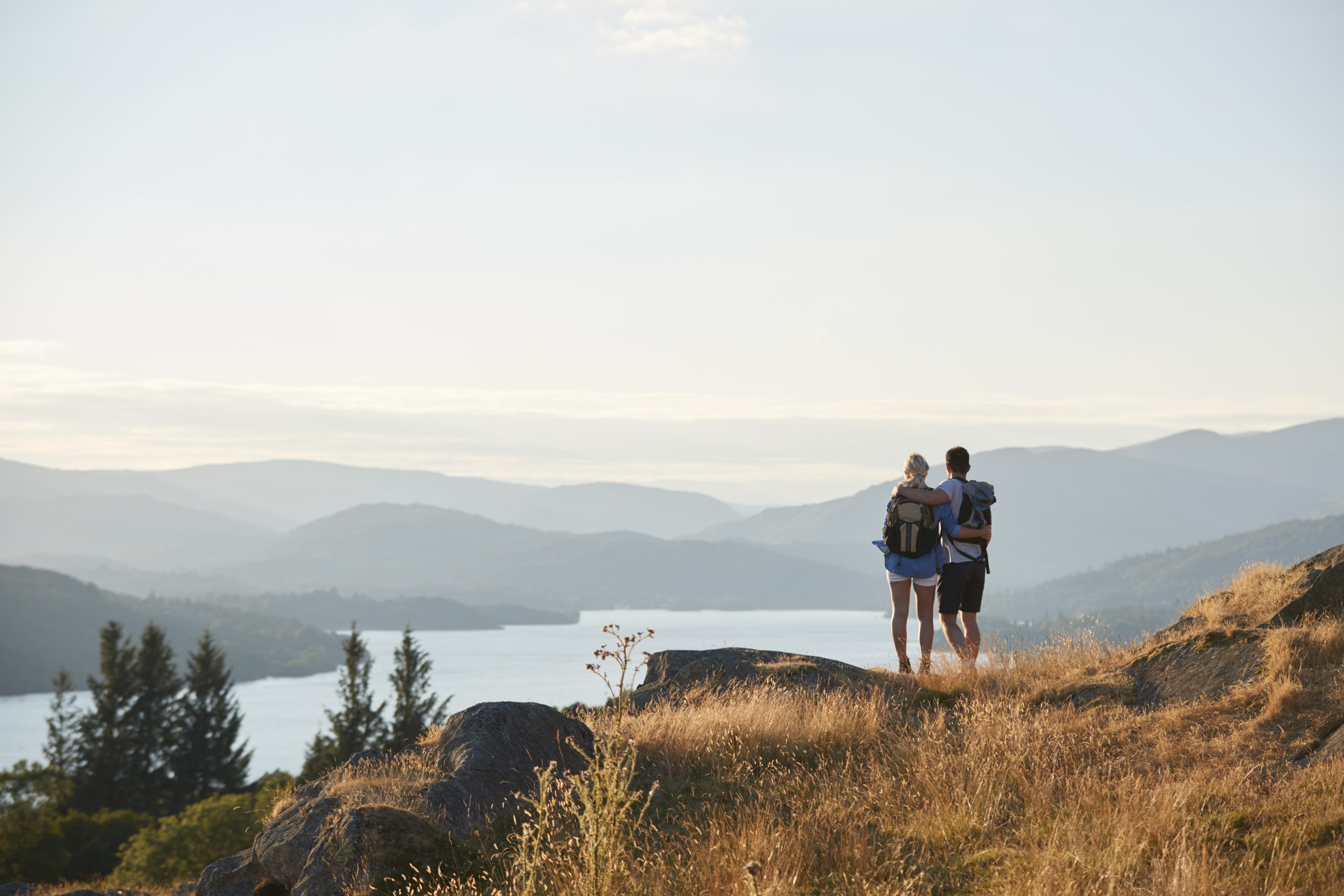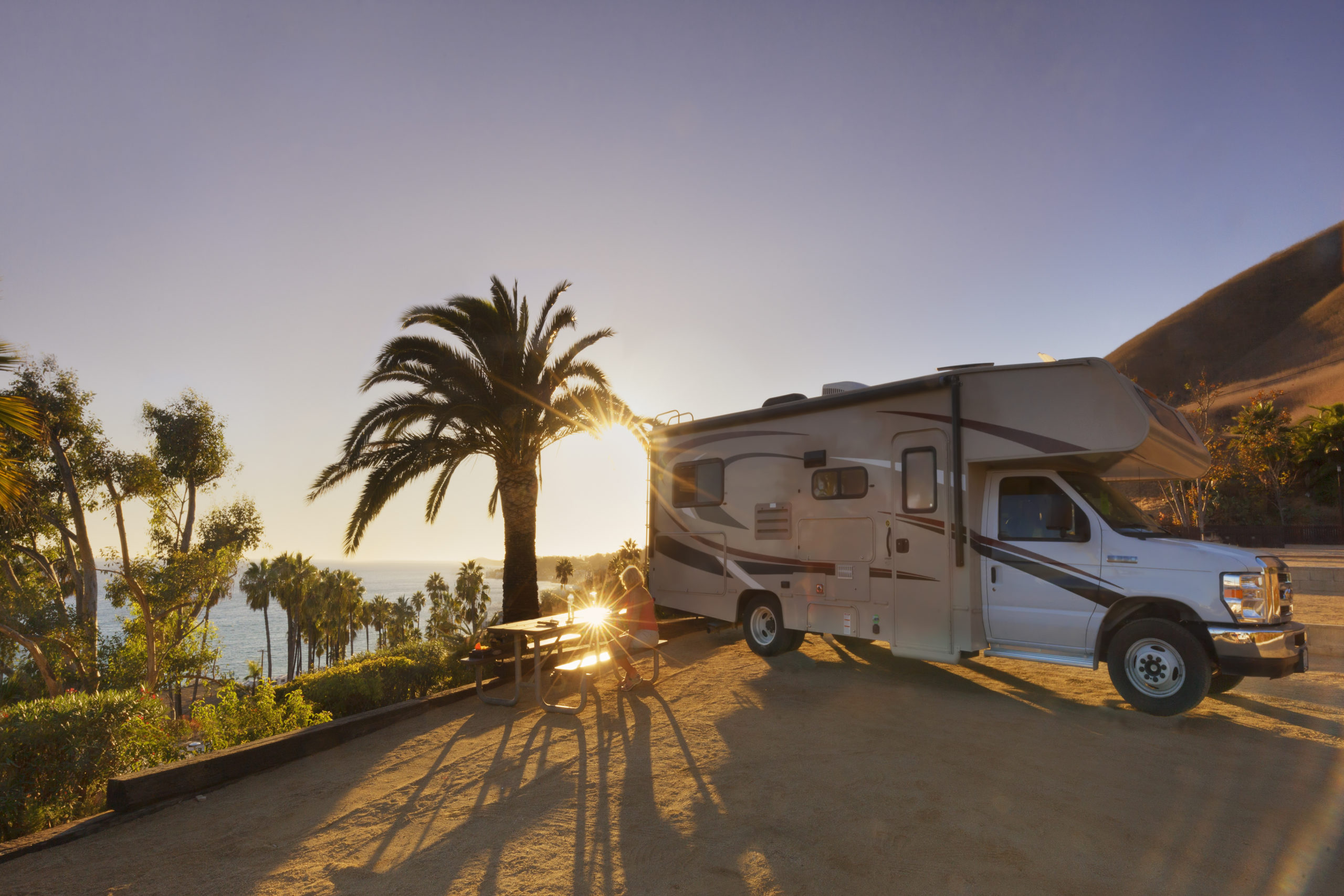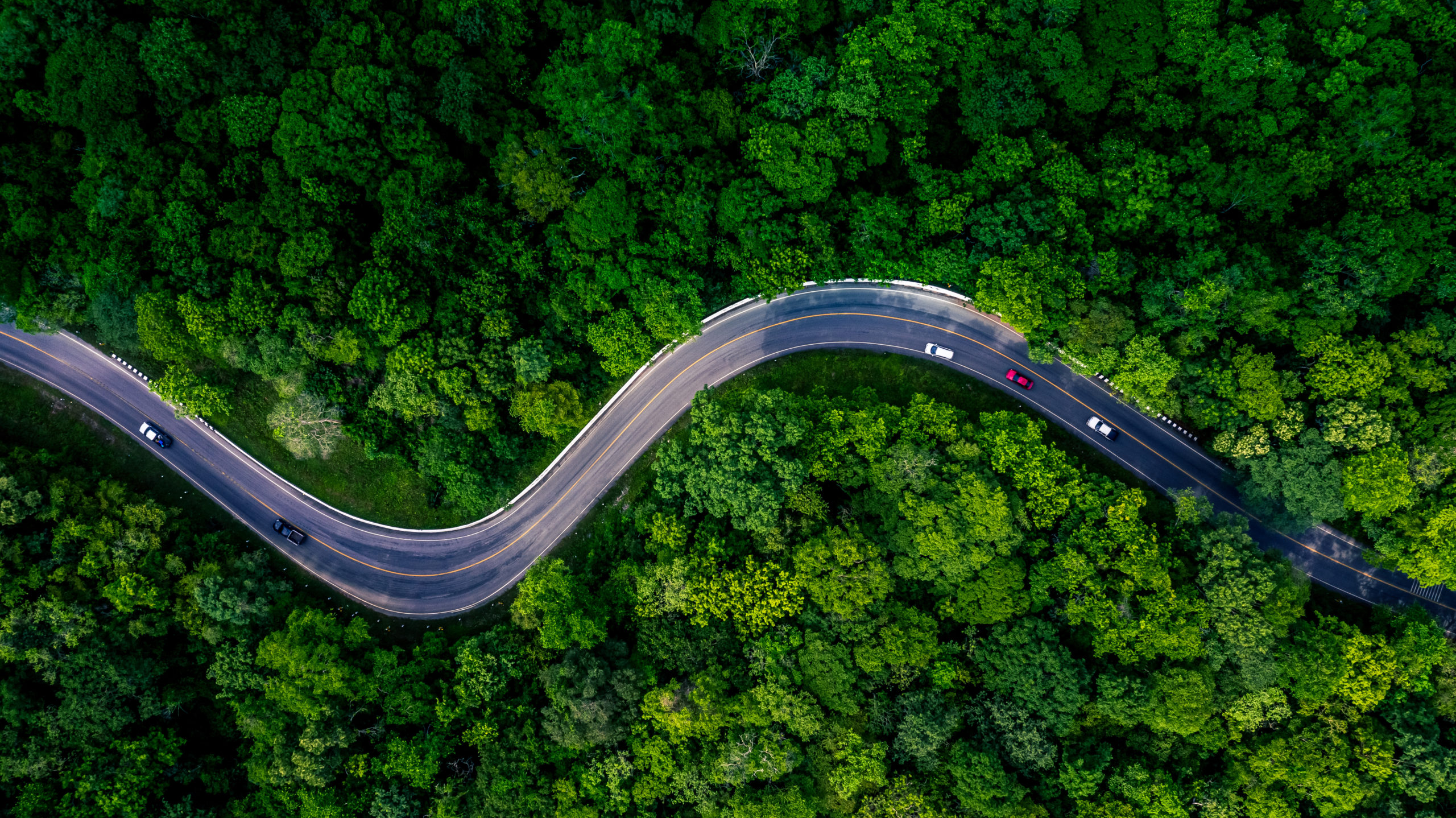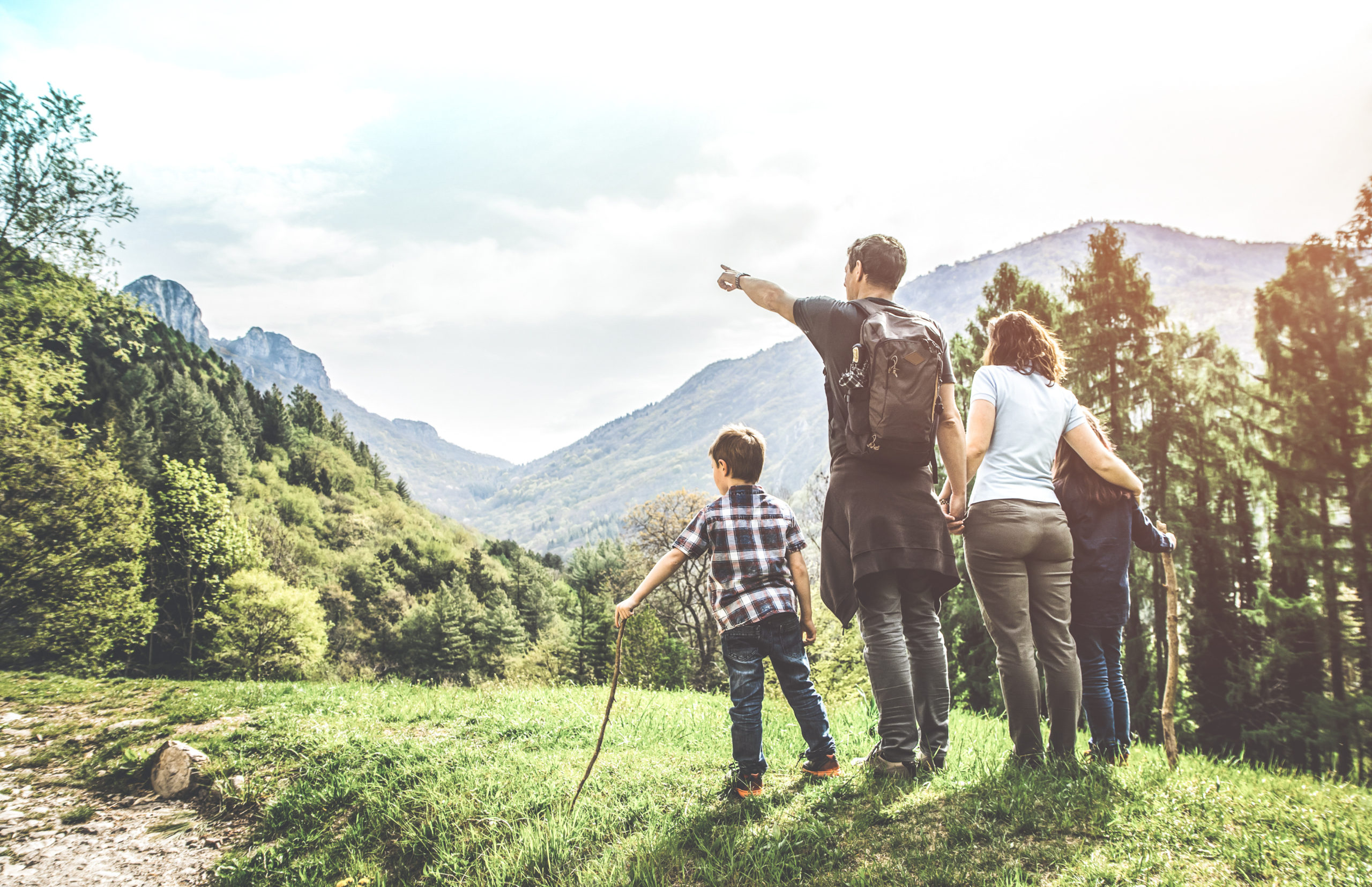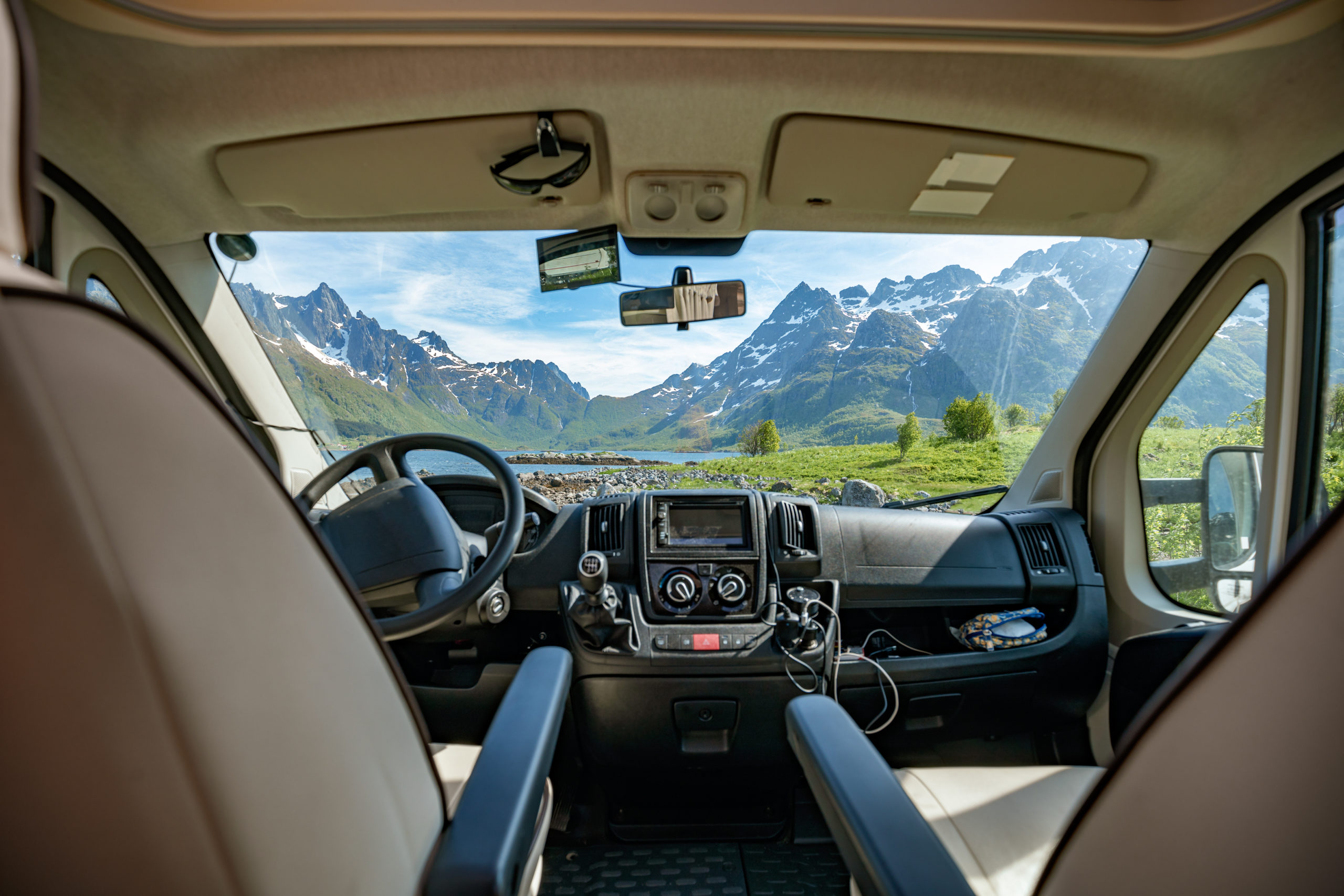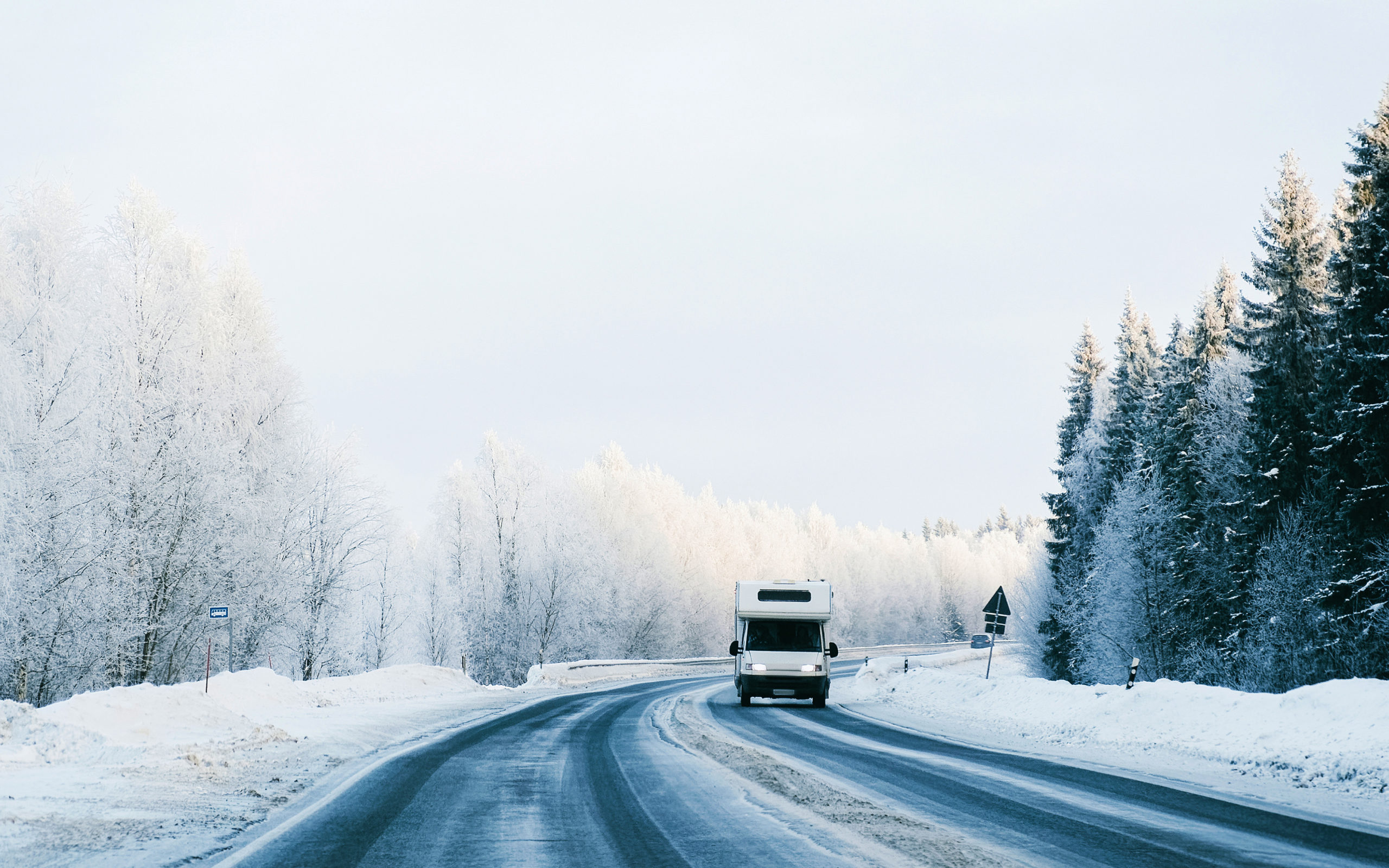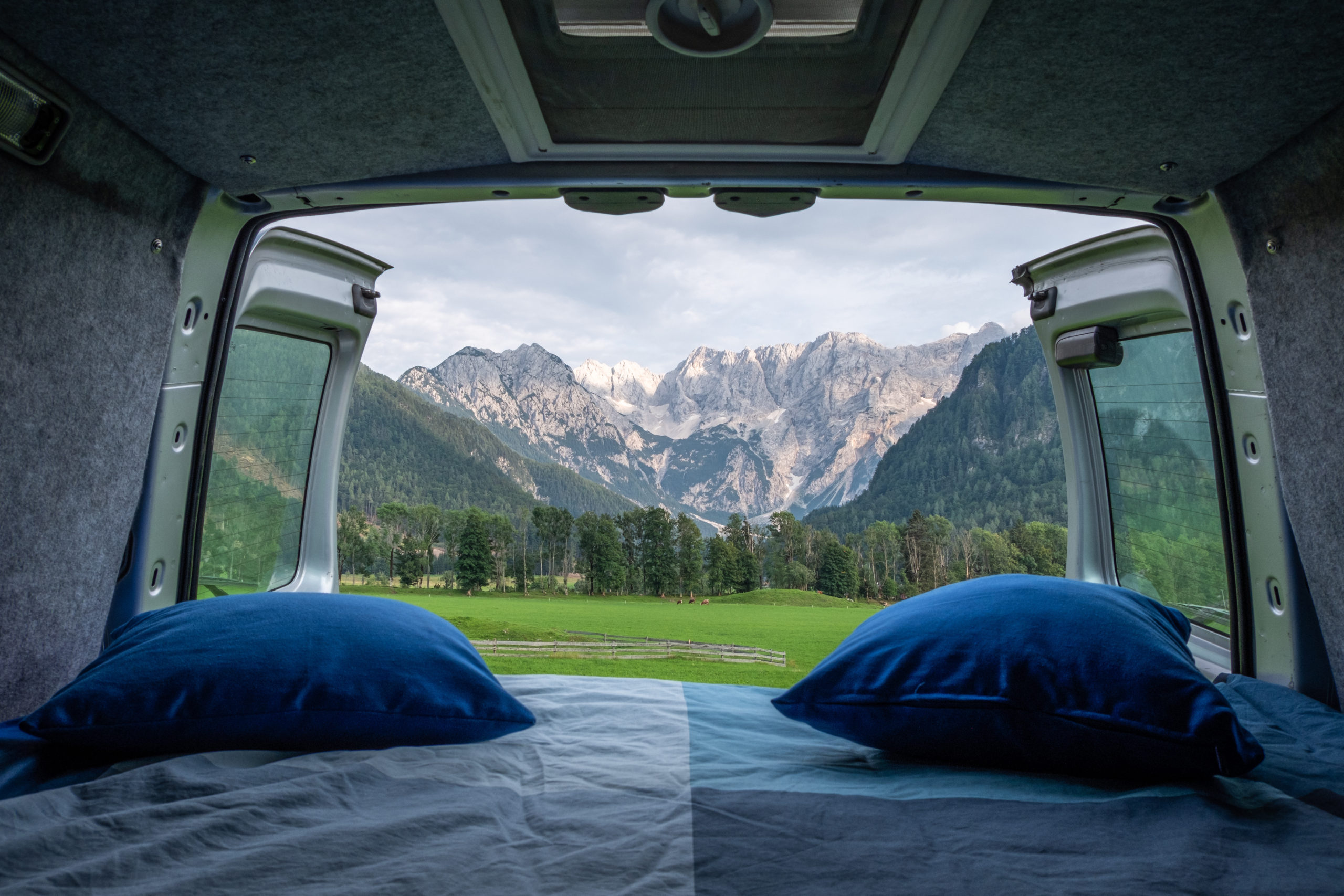Do you have a bucket list written down? If not, there’s no time like the present to start a travel list of your own. If you have an RV, your list can grow to almost anywhere in the country that you can get to by road. With a home on wheels, you don’t have to worry about the added expenses of flying or hotel stays. The options are endless on where you can explore. There are plenty of destinations that are on most of our bucket lists, but did you know that specific campgrounds and RV parks can be bucket list destinations in their own right? We’re breaking down our list of eight luxury RV parks and campgrounds in the U.S. that you might have never considered staying at. While some of these parks come with a higher price tag, they’re worth crossing off your bucket list – trust us.
Motorcoach Country Club | Indio, California
Known as the ‘Crown Jewel’ of motorcoach resorts, the Motorcoach Country Club located in Indio, California certainly lives up to its name. This Class A only resort features just about every amenity you’d expect at a luxury resort including 400 landscaped motorhome lots, a private dock on waterfront sites, two miles of waterways, on-site staff, a golf course, clubhouse, a five-star restaurant on-site, fitness centers, pools, and tennis courts… anyone else out of breath? The resort has been voted as USA Today’s #1 Luxury RV Resort and is known for its breathtaking beauty. As an added bonus, the resort typically hosts weekly activities and mixers for guests (note: some activities are paused due to COVID-19). The Motorcoach Country Club is all things luxury and should definitely be included on your bucket list if you’re looking to relax and unwind.
Nearby activities and attractions:
Hilton Head Island Motorcoach Resort | Hilton Head, South Carolina
Ready to indulge in amenities and relaxation all at the beach? Next, we’re heading south to Hilton Head Island Motorcoach Resort located in South Carolina. This resort, catering to Class A, B, and C owners, is just one mile from Atlantic beaches and some of the island’s most popular attractions. The RV resort itself includes a variety of perks for guests including over 400 paved lots, a pool, spa, tennis courts, pickleball courts, dog park, and full laundry facilities. Each site has full hook-ups, cable TV, Wi-Fi, and more. If you fall in love with the resort and don’t want to leave, there are even options to buy your own lot. Hilton Head has an event calendar that’s filled with fun activities each day for the whole family including tennis, water aerobics, book clubs, food trucks, and more. You’ll never be bored at this exclusive 50-acre woodland resort.
Nearby activities and attractions:
Hearthside Grove | Petoskey, Michigan
Hearthside Grove is located in Petoskey, Michigan and is considered an RVer’s paradise. Hearthside is a luxury motorcoach resort that can be found in the Midwest’s most popular four seasons resort area. It’s situated on Lake Michigan’s Little Traverse Bay with stunning views. The resort includes a variety of luxurious amenities including a pool and hot tub, tennis and pickleball courts, a library, gym, laundry facilities, as well as a beautiful common space. The Ciderpress Club, the premier private club located within Hearthside Grove, also includes a full-size clubhouse theater, outdoor wood fire pits, cooking classes, social events, and more. Hearthside Grove is the only 5 Star Luxury Motorcoach Resort in Michigan so you’ll want to book your stay while they still have openings!
Nearby activities and attractions:
Zion River Resort | Virgin, Utah
Zion National Park can be found on almost every RVer’s bucket list, and luckily there’s an incredible RV park and campground just minutes away. Zion River Resort is located in Virgin, Utah, and is home to vibrant colored mountains and, of course, the soothing sounds of the Virgin River. Zion River Resort offers guests amenities such as a heated swimming pool and spa, an off-leash dog park, game rooms and social halls, gazebo-style community kitchens, a private shuttle service to Zion National Park, an on-site mining sluice, a full-sized playground, and so much more! At RV-specific campsites, guests will find full hook-ups, beautiful landscaping, a fire pit, large metal picnic table, free Wi-Fi, and cable television. This resort is in a perfect location so you’ll be able to experience the wonders of Zion National Park as well as four additional nearby parks.
Nearby activities and attractions:
Bluewater Key RV Resort | Key West, Florida
Craving perfect weather and a destination near the beach? Look no further than Bluewater Key RV Resort located in Key West, Florida. This luxury RV resort is found where the Atlantic Ocean and the Gulf of Mexico meet, creating picturesque blue water (no pun intended) for miles. At Bluewater, you’ll have access to your own personal tiki, a temperature-controlled pool, private docks (if your site is located on the water), a dog park, a huge clubhouse, 24-hour security, and more. Bluewater offers RVers full hook-ups, HD cable TV, and High-Speed Wi-Fi so you can stay connected if you’re not busy ‘disconnecting’. There’s nothing like visiting paradise so make sure you add Bluewater Key RV Resort to your bucket list ASAP.
Nearby activities and attractions:
Grizzly Bear Resort Denali National Park | Alaska
Ready to see all the wildlife you could ever dream of with the breathtaking backdrop of mountains and valleys galore? Then Denali Grizzly Bear Resort is the perfect place for you. Alaska is a bucket list destination for many – and for good reason. The views are incredible, the wildlife is abundant, and the activities are endless. At Grizzly Bear Resort guests will find luxury accommodations including a food truck court, a quaint general store, tour desks, fine dining, featured tours, and more. There are options to rent tents, cabins, or RV sites. Each RV Site comes with electric, water, TV, sewage, and WiFi. If you’re ready to have a full-on Alaskan experience, you’ll want to come to Grizzly Bear Resort.
Nearby activities and attractions:
Las Vegas Motorhome Resort | Las Vegas, Nevada
Las Vegas has many names like “Sin City”, “City of Lights”, and “The Gambling Capital of the World,” but it’s time to add “Top RV Destination” to that list. Las Vegas Motorcoach Resort goes above and beyond your typical RV resort. Once you’ve enjoyed the strip, you can come back to a retreat that includes more than 400 pristine RV sites designed especially for Class As, a 10,000 square foot clubhouse, an on-site 50s themed diner, a putting course, a resort-style swimming pool, two hot tubs, a tanning pool, spa, and more. There are full-time staff on-site to cater to your every need as well as state-of-the-art hookups for water, sewer, power-50 amp electric and telephone access, and free wireless internet. There’s a reason that Las Vegas Motorhome Resort has been voted top five best luxury RV parks in the country for the second consecutive year. You’ll want to see this place for yourself!
Nearby activities and attractions:
Camp Gulf | Miramar, Florida
Is having a beachfront RV site on your bucket list? If so, you’ll definitely want to check out Camp Gulf in Miramar, Florida. This premier RV park is located just ten minutes from popular destinations like Destin and Scenic 30A. The park has unbeatable views of clear blue waters and white sand beaches just steps from your RV. You’ll truly feel like you are in the Caribbean – no flying required. This family-friendly resort has tons of amenities including a super water slide, two solar-heated pools and one spa, basketball and shuffleboard courts, a full playground, personal golf carts, a gift shop and store, fire pits, and so much more. Camp Gulf has 200 RV sites all 20 ft wide and suitable for all size rigs, and each comes equipped with water and electricity.
Nearby activities and attractions:
Ready to add a few of these destinations to your bucket list? We can’t blame you! If you haven’t started an RV bucket list of your own, we highly recommend jotting down a few destinations for future trip planning.
Have you been to one of these luxury RV resorts? We want to hear about your experience in the comments below!
